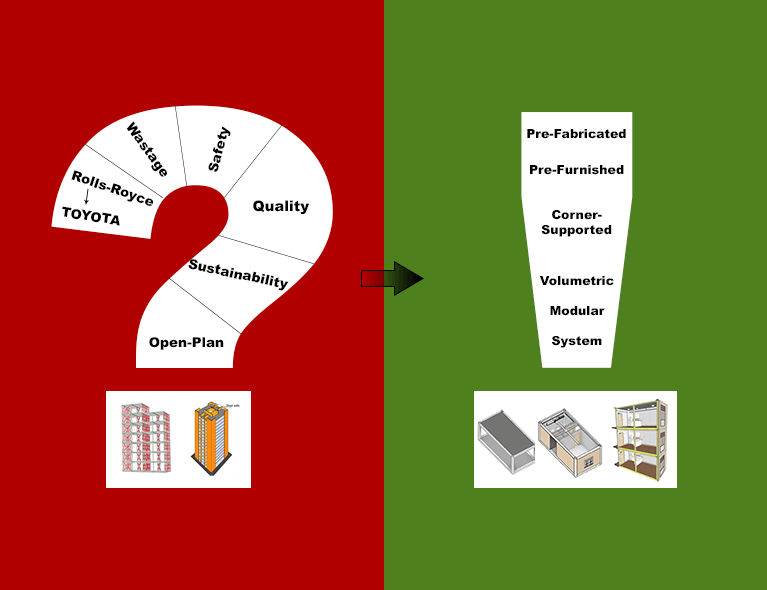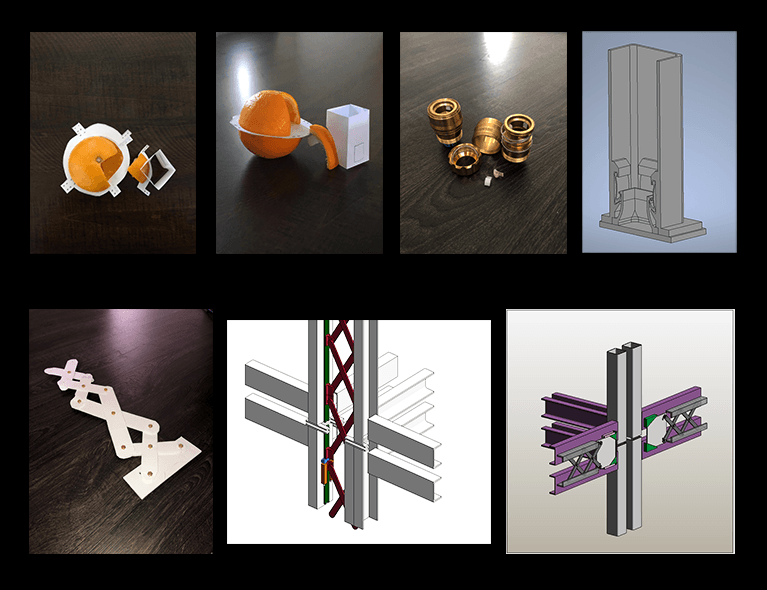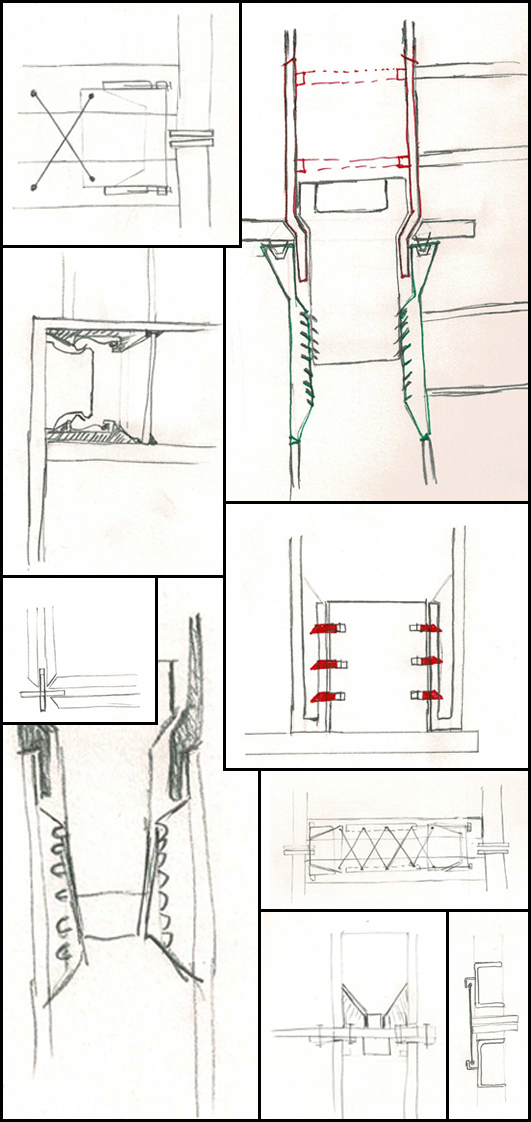Parham Mohajerani
Parham is a structural and remedial engineer. He has experience of working as an engineer in construction industry and as a university lecturer. He is interested in learning and development. His passion is to research, develop and introduce new structural systems which can lead to more sustainable and trustworthy structures.
Modular construction, as a form of off-site construction, due to its inherent advantages over conventional construction is getting so much attention from different parties in the building industry. Advantages such as faster construction, improved quality, reduced material and waste, pushes industry and researchers to focus more on this efficient off-site construction. In this method, room-sized volumetric modules are constructed off-site in the factory and assembled on-site to form the building. Each module has its own structure which is connected to the other modules to form the structural and load-bearing skeleton of the building. Four-side modules (load-bearing) and corner-supported modules are the two main types of volumetric modules.
In medium to high-rise volumetric modular structures, lateral force-resisting systems, such as bracings and shear core walls, are used to control the sway performance of the structure. However, from an architectural perspective, bracing and load-bearing walls are unfeasible in order to facilitate the flexibility and open layout preferred by architects. Moment resisting frame structures with columns as the only vertical lateral resisting system facilitates future changes in internal layout, which is likely to happen several times in the life of a structure.
Connections in modular structures are the governing element in the overall performance of the structure under static and dynamic loadings. Due to the limited available connection details and limited information about the existing module-to-module connections, most structures are designed based on engineering judgments and simplifications. This uncertainty in connection behaviour makes the structure overdesigned and unsafe in some cases.
The main goal of this study is to develop and introduce an innovative module-to-module connection which can be used in corner supported volumetric modular (CSVM) steel structures. The proposed connection system removes the requirement of bracings and shear walls and drive the whole system to behave similar to the conventional moment resisting frame under gravity and lateral loads.



